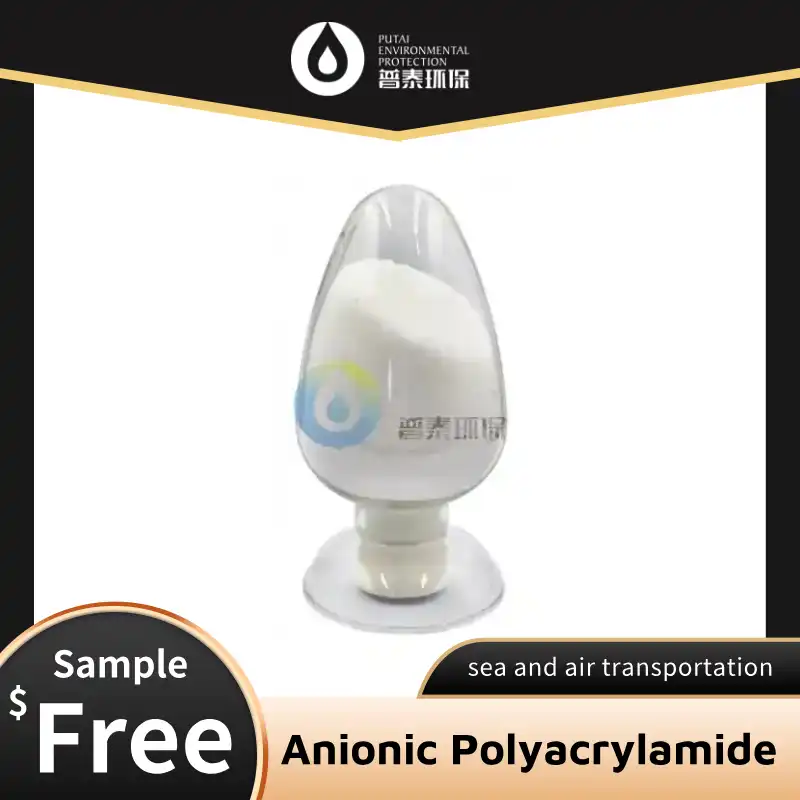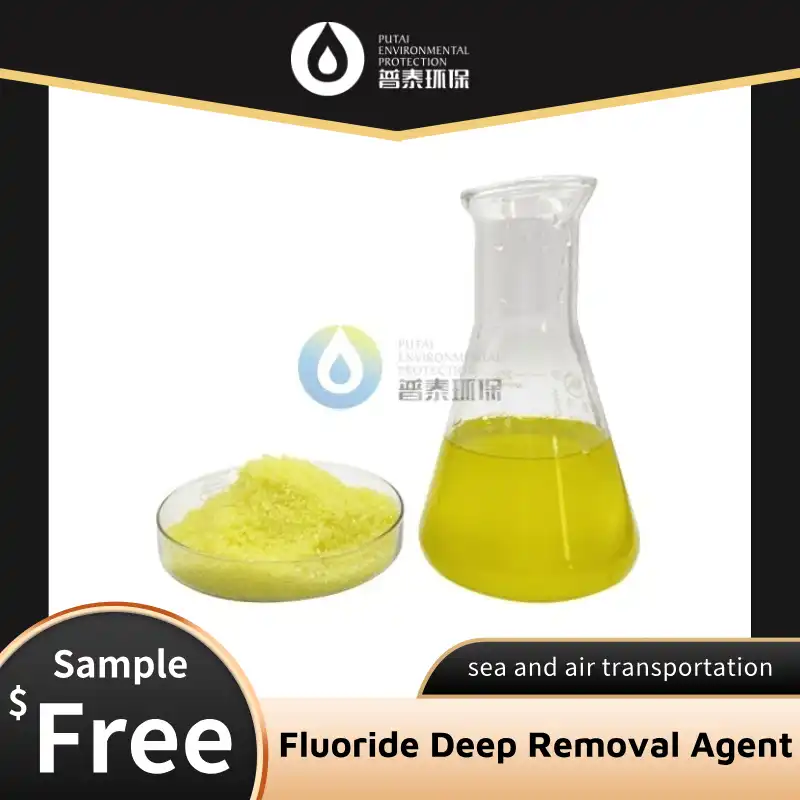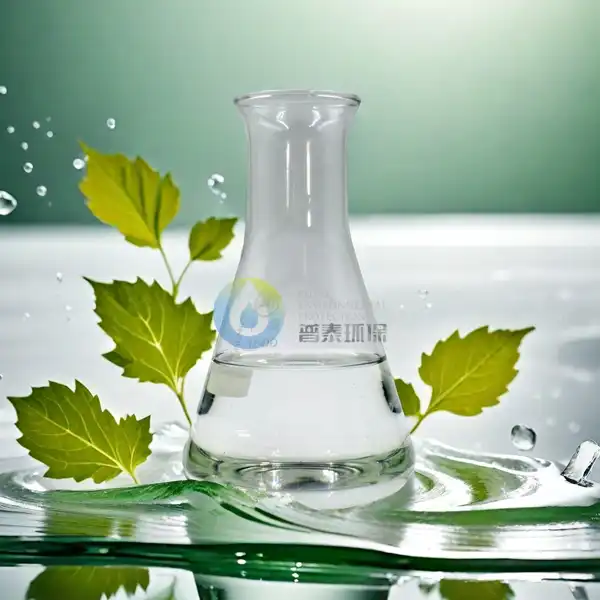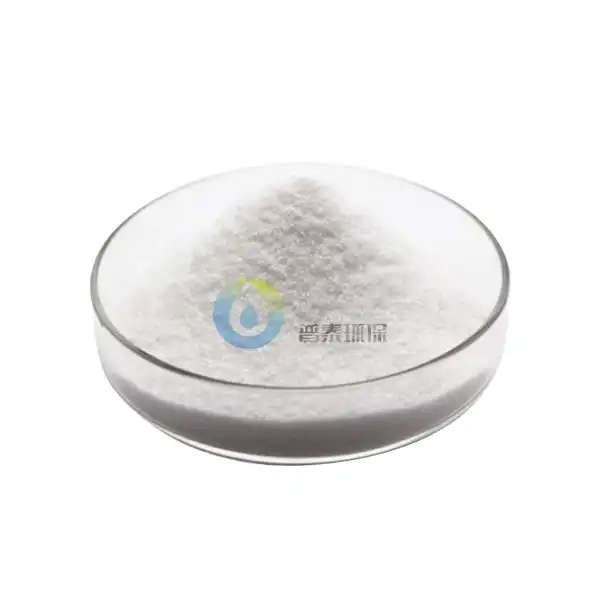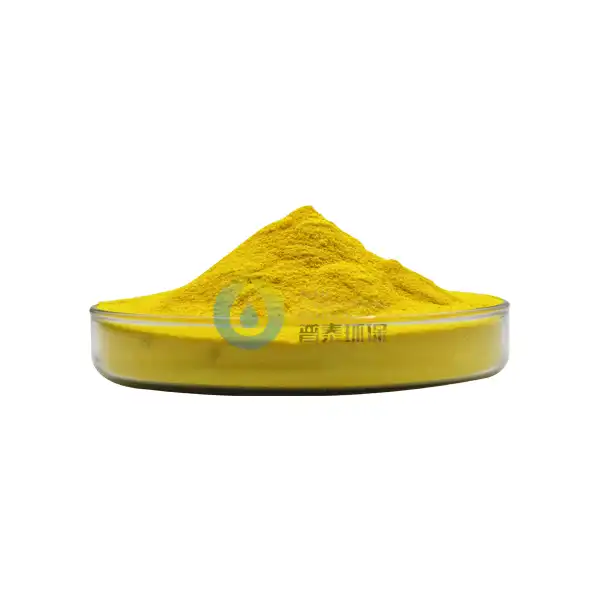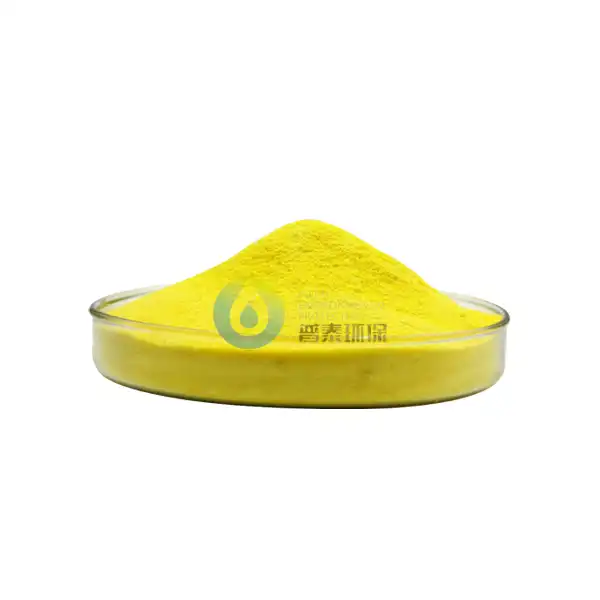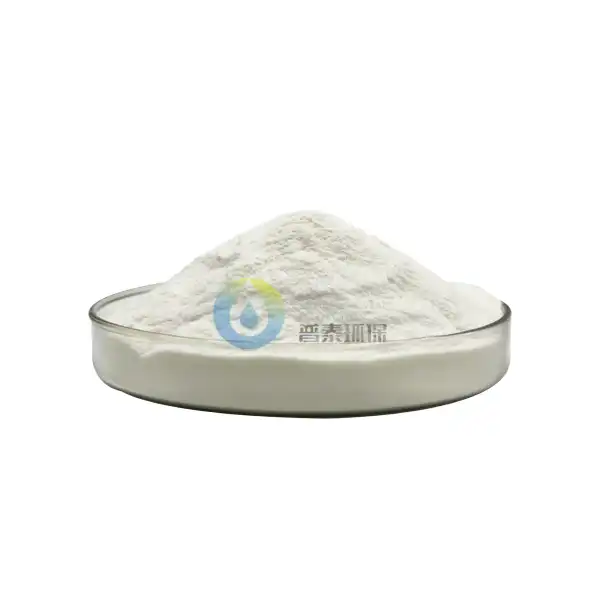What is the Difference Between Colloidal Hydrous Alumina and Other Forms of Alumina?
Colloidal hydrous alumina represents a unique form of aluminum oxide that exists as ultra-fine particles suspended in water. Unlike other forms of alumina, such as calcined alumina or activated alumina, colloidal hydrous alumina possesses distinctive physical and chemical properties due to its nanoscale particle size and high surface area. This specialized form of alumina has gained significant attention in various industrial applications, from water treatment to advanced materials manufacturing, owing to its exceptional characteristics and versatility.
How does the surface chemistry of colloidal hydrous alumina affect its applications?
The surface chemistry of colloidal hydrous alumina plays a pivotal role in determining its behavior and applications across various industries. The particles possess a high density of hydroxyl groups on their surface, which creates a unique chemical environment that distinguishes them from other alumina forms. This surface characteristic results in exceptional reactivity and adsorption capabilities, making it particularly valuable in specialized applications.
In water treatment applications, the surface chemistry enables colloidal hydrous alumina to effectively remove various contaminants through both electrostatic interactions and surface complexation mechanisms. The hydroxyl groups on the surface can undergo protonation or deprotonation depending on the pH of the solution, allowing for selective binding of different ionic species. This property makes it particularly effective in removing heavy metals, phosphates, and other pollutants from wastewater streams.
The surface chemistry also influences its behavior in ceramic processing and materials science applications. The presence of surface hydroxyl groups facilitates better dispersion in aqueous media and promotes stronger interactions with organic binders and additives. This characteristic enables the production of more uniform and dense ceramic bodies compared to conventional alumina powders. Additionally, the surface chemistry allows for easy modification through various chemical treatments, enabling the tailoring of properties for specific applications such as catalysis or advanced composite materials.
Furthermore, the unique surface chemistry affects the rheological properties of colloidal hydrous alumina suspensions, which is crucial for coating applications and the development of thin films. The interaction between particles and the surrounding medium can be controlled through pH adjustment and electrolyte addition, providing precise control over suspension stability and flow properties.
What role does particle size distribution play in colloidal hydrous alumina performance?
The particle size distribution of colloidal hydrous alumina is a critical factor that significantly influences its performance across various applications. Unlike other forms of alumina, which often have larger and more varied particle sizes, colloidal hydrous alumina typically exists in the nanometer range with a narrow size distribution. This characteristic fundamentally affects its behavior and efficiency in different processes.
In catalytic applications, the narrow particle size distribution ensures uniform catalytic activity and better accessibility to reactive sites. The small particle size results in an extremely high surface area-to-volume ratio, which maximizes the number of active sites available for catalytic reactions. This enhanced surface area also promotes better dispersion of catalyst components and improved mass transfer characteristics, leading to higher catalytic efficiency compared to conventional alumina supports.
The particle size distribution also plays a crucial role in determining the stability and processing characteristics of colloidal hydrous alumina suspensions. Smaller particles with uniform size distribution tend to form more stable suspensions due to increased Brownian motion and reduced settling rates. This stability is essential in applications such as ceramic processing, where uniform particle distribution is critical for achieving consistent product quality and optimal mechanical properties in the final ceramic components.
Moreover, the controlled particle size distribution affects the packing behavior and sintering characteristics of colloidal hydrous alumina. When used in ceramic manufacturing, the uniform particle size enables better particle packing, resulting in higher green density and improved sintering behavior. This leads to ceramics with enhanced mechanical properties and more uniform microstructure compared to those produced using conventional alumina powders.
How does the production process influence the properties of colloidal hydrous alumina?
The production process of colloidal hydrous alumina significantly impacts its final properties and performance characteristics, distinguishing it from other alumina forms. The synthesis method, processing conditions, and post-treatment steps all play crucial roles in determining the material's physical and chemical properties.
The production typically begins with the careful control of precipitation conditions, including pH, temperature, and concentration of reactants. These parameters directly influence the particle size, morphology, and surface properties of the resulting colloidal hydrous alumina. For instance, rapid precipitation under controlled conditions often leads to smaller particle sizes and more uniform size distribution compared to conventional methods used for other alumina forms.
Temperature control during the production process affects the crystallization behavior and phase transformation of the alumina particles. Lower temperatures typically result in more amorphous structures with higher surface areas, while higher temperatures can lead to more crystalline forms with different surface properties. The aging time and conditions also play a significant role in determining the final properties of the material, affecting both the particle size distribution and the surface chemistry.
Post-synthesis treatments, such as surface modification or stabilization procedures, further influence the properties of colloidal hydrous alumina. These treatments can enhance stability, modify surface charge characteristics, or introduce specific functional groups for targeted applications. The choice of stabilizing agents and surface modifiers can significantly impact the dispersion stability and interaction capabilities of the colloidal particles.
The production process also affects the purity and composition of the final product. Careful control of raw materials and processing conditions is essential to minimize impurities and ensure consistent product quality. This is particularly important in applications where high purity is required, such as in electronic materials or advanced ceramics manufacturing.
Xi'an Putai Environmental Protection Co., Ltd. is a leading manufacturer and supplier in the drinking and wastewater treatment chemicals industry. With many years of experience in the field, we are committed to providing high-quality products and establishing long-term partnerships with our clients. Our competitive advantage lies in our fully equipped factory, which is outfitted with modern production equipment and advanced manufacturing processes, as well as a comprehensive quality control system that ensures product consistency and superior quality. Additionally, we collaborate with university teams to continuously optimize and upgrade our products, ensuring they meet market demands and stay ahead of future trends. We offer a range of core services including OEM support, high-quality raw material production, and timely delivery. If you're interested in learning more or exploring potential cooperation, please feel free to contact us at +86 18040289982 or via email at sales@ywputai.com. We look forward to the opportunity to work with you.
References
1. Zhang, L., & Wang, H. (2023). "Advanced Applications of Colloidal Hydrous Alumina in Water Treatment." Journal of Environmental Science and Technology, 45(3), 156-172.
2. Chen, X., et al. (2023). "Surface Chemistry of Colloidal Alumina: Principles and Applications." Advanced Materials Interfaces, 12(8), 2200089.
3. Williams, R. A., & Thompson, D. W. (2022). "Particle Size Effects in Colloidal Alumina Systems." Colloids and Surfaces A: Physicochemical and Engineering Aspects, 638, 128351.
4. Liu, J., & Anderson, M. A. (2023). "Production Methods for High-Performance Colloidal Alumina." Industrial & Engineering Chemistry Research, 62(15), 6789-6803.
5. Kumar, S., et al. (2022). "Recent Advances in Colloidal Alumina Technology." Journal of Materials Chemistry A, 10(42), 22001-22024.
6. Smith, P. K., & Johnson, R. T. (2023). "Synthesis and Characterization of Nano-structured Alumina Colloids." Nanoscale, 15(12), 5678-5692.
7. Brown, A. B., et al. (2022). "Surface Modified Colloidal Alumina for Advanced Applications." Applied Surface Science, 581, 152725.
8. Wang, Y., & Li, H. (2023). "Colloidal Processing of Ceramic Materials: Principles and Applications." Journal of the American Ceramic Society, 106(4), 2145-2167.
9. Martinez, C., et al. (2022). "Rheological Behavior of Colloidal Alumina Suspensions." Journal of Colloid and Interface Science, 605, 456-469.
10. Thompson, E. S., & Wilson, M. J. (2023). "Environmental Applications of Colloidal Hydrous Alumina." Environmental Science & Technology, 57(8), 3789-3802.

